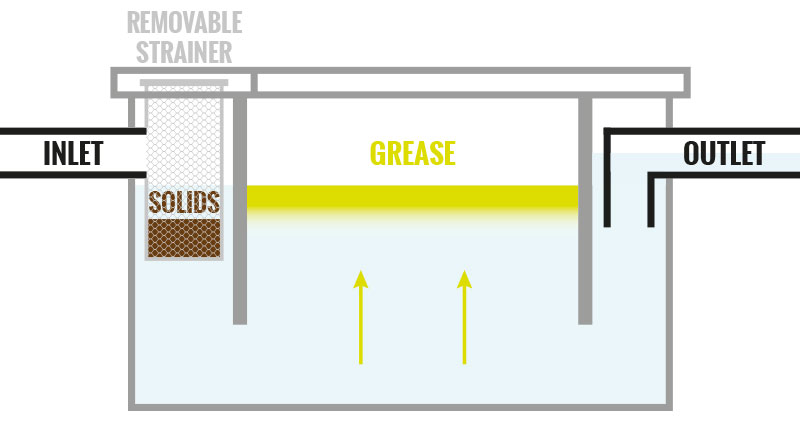
 5
5




 10
10




My suburban building and homesteading blog https://offgridburbia.com/
 8
8




 4
4






 4
4




Invasive plants are Earth's way of insisting we notice her medicines. Stephen Herrod Buhner
Everyone learns what works by learning what doesn't work. Stephen Herrod Buhner
 5
5




sow…reap…compost…repeat
 3
3




 1
1




If there is one thing the Wizard of Oz has taught me, it is not to trust school teachers on bicycles.
 6
6




Posters are assuming, but you haven't clearly stated, that this waste water will *not* have any urine and feces in it, so I just want to check that.Despite my searching I can find very little information on the actual efficacy of leach fields in relation to simply dumping small amounts of waste water directly on to the surface of the ground.
Visit Redhawk's soil series: https://permies.com/wiki/redhawk-soil
How permies.com works: https://permies.com/wiki/34193/permies-works-links-threads
 3
3





 1
1




My question is, is a leach field necessary? If the water filtering out of the bottom is well distributed but above ground instead of buried, what's the difference? As far as I can tell leach fields only disperse water over a wide area taking into account the percolation rate of the ground. It seems to me all they do is distribute and ensure the slow integration of water into the ground where it will be taken care of by bacteria.
If I'm building on a sloped site, can I simply run water down a densely forested area and let it disperse before soaking in and nature do its work? Note this would not have direct solid waste and would have filtered through either a vermiculture compost or regular septic system if for some reason I can't get a vermicomposting setup working.

Be joyful, though you have considered all the facts. ~Wendell Berry




 1
1


















Jason Suttles wrote:
A cheap and non-labor intensive option is a pit privy (i.e. outhouse) but I would still recommend a micro septic system for kitchen waste. If you want I can post a link to plans for an engineer approved pit privy design.
Be joyful, though you have considered all the facts. ~Wendell Berry
 1
1




Lorinne Anderson: Specializing in sick, injured, orphaned and problem wildlife for over 20 years.




 2
2




 2
2




 3
3




 1
1




Kim Goodwin wrote:
Jason Suttles wrote:
A cheap and non-labor intensive option is a pit privy (i.e. outhouse) but I would still recommend a micro septic system for kitchen waste. If you want I can post a link to plans for an engineer approved pit privy design.
Welcome to Permies, Jason!
I'd love to see those plans if you have time to share.

 2
2




 1
1




Karen Hansen wrote:Look up “Tiger Toilet” This is an OXFam / Bill Gate foundation designed toilet system . It was designed for third world countries . We are fire victims of CZU fire in Calif and have been using one for about 8 months now. Living rough in a dinky trailer. There is a lot of information available online including bacterial tests . No leach field used but broken bricks - broken dishes etc on bottom so urine is separated from feces. This is a worm composting system . I also put kitchen compost in there to help keep my worm friends happy. Let me know if you are interested in more detail.




 1
1




 1
1




 1
1












 1
1





|
I would challenge you to a battle of wits, but I see you are unarmed - shakespear. Unarmed tiny ad:
Homestead Pigs Course
https://permies.com/wiki/365748/Homestead-Pigs
|




